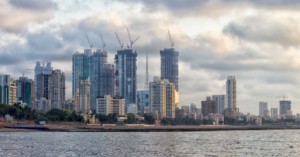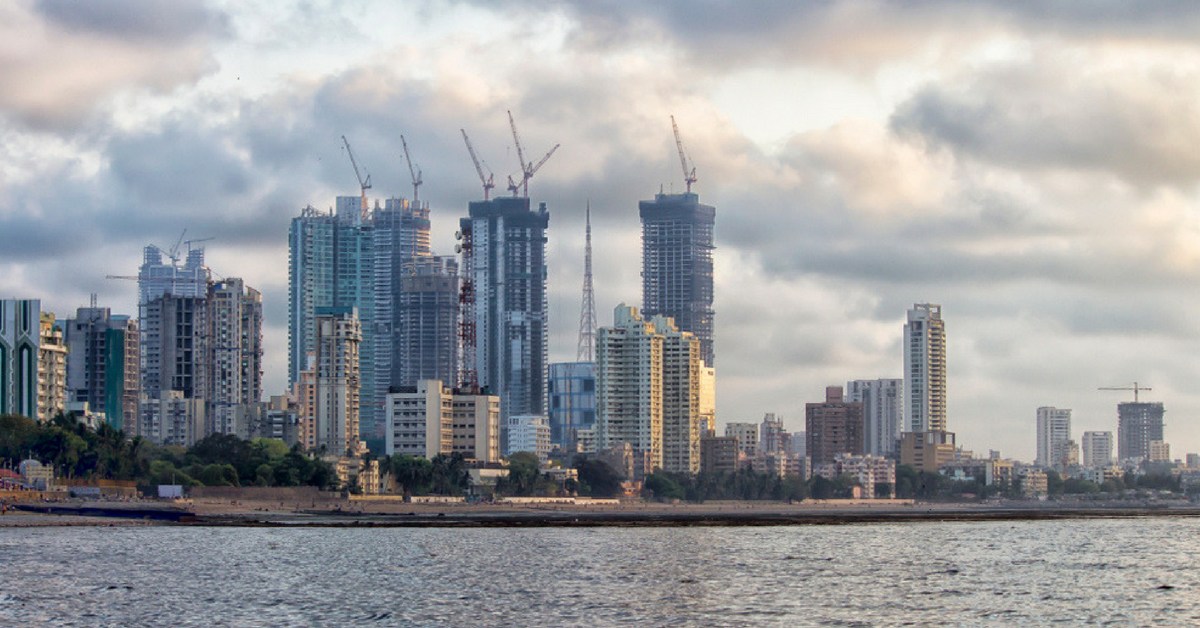 MUMBAI: The real estate sector welcomed the government nod for the new development plan (DP) for the financial capital but experts were concerned about the toll it will take on the already stretched infrastructure.
MUMBAI: The real estate sector welcomed the government nod for the new development plan (DP) for the financial capital but experts were concerned about the toll it will take on the already stretched infrastructure.
The research wing of rating agency Crisil said the 2034 DP will release over 3,650 hectares of barred zones and salt pan land for development but added that while the move is a positive for development, it is likely to “pressurize existing infrastructure further”.
“Though upcoming metro projects are lined up keeping in mind this DP provisions, the growth of real estate supply is likely to happen faster than the infrastructure extension,” its director Binaifer Jehani said.
Property consultancy Anarock’s Anuj Puri echoed the same sentiments, saying, “If infrastructure development does not keep pace with increased construction, the stress on civic amenities and traffic may worsen in the city.”
It can be noted that just a few months ago, speaking in presence of Prime Minister Narendra Modi, city-based corporate house Mahindra’s chairman Anand Mahindra had warned the infra woes and warned that it will repel investors.
“If Mumbai, the ‘crown jewel’, continues to groan under its weight, it will drive away investors…If the city begins to grow under its own weight and mismanages growth, then you may just as well turn away investors,” he had said.
Ratan Tata had also flagged the same issue while speaking at the same event, remarking that over the last few years the industrial growth in Maharashtra “has exceeded the ability of the state to provide infrastructure to support”.
Property consultant CBRE’s chairman for India and south Asia Anshuman Magazine called the new DP a “game changer” for the city’s real estate market, which has not had the best of times in the recent past.
As widely expected, the real estate sector, which is struggling with sluggishness that has resulted in inventory pile-ups, welcomed the government move.
Developer Niranjan Hiranandani who is also the president of industry lobby Naredco said the hike in floor space index will enhance GDP growth and also boost employment.
The stress on creating affordable housing, an equal focus on the residential and commercial development were some of the salient features of the plan which were welcomed by the industry.
The concept of walking to work and the stress on maintaining open spaces also found mention in the reactions from the industry.
The Maharashtra government unveiled the much-awaited development plan 2034 for Mumbai, paving the way for the space-starved city to have more land available to build homes and commercial spaces.
Infusion of new developable land and increasing the FSI (floor space index) in the island city up to 3 for residential properties are the major takeaways of the revised development plan, which will be the blueprint for the city’s land use over the next 16 years.
FSI is the ratio of the total built-up area to the total area of a plot. It is basically a tool that defines the extent of construction permissible on a plot.
In the new DP, the FSI for commercial properties is raised up to 5 in the island city from earlier 1.33.
For suburbs, new FSI will be up to 2.5 and 5 for residential and commercial properties, respectively. The existing FSI for the two categories is 2 and 2.5, respectively. PTI







